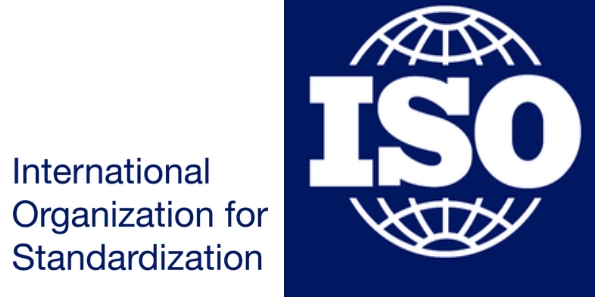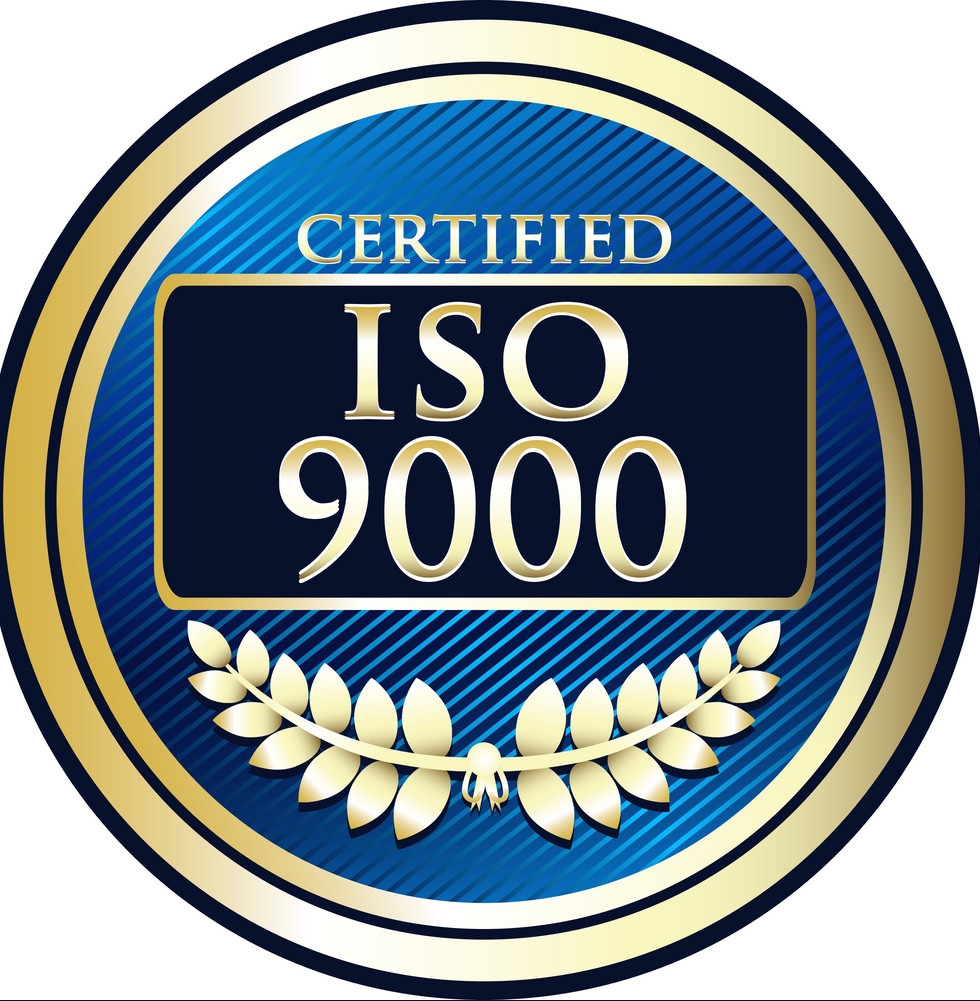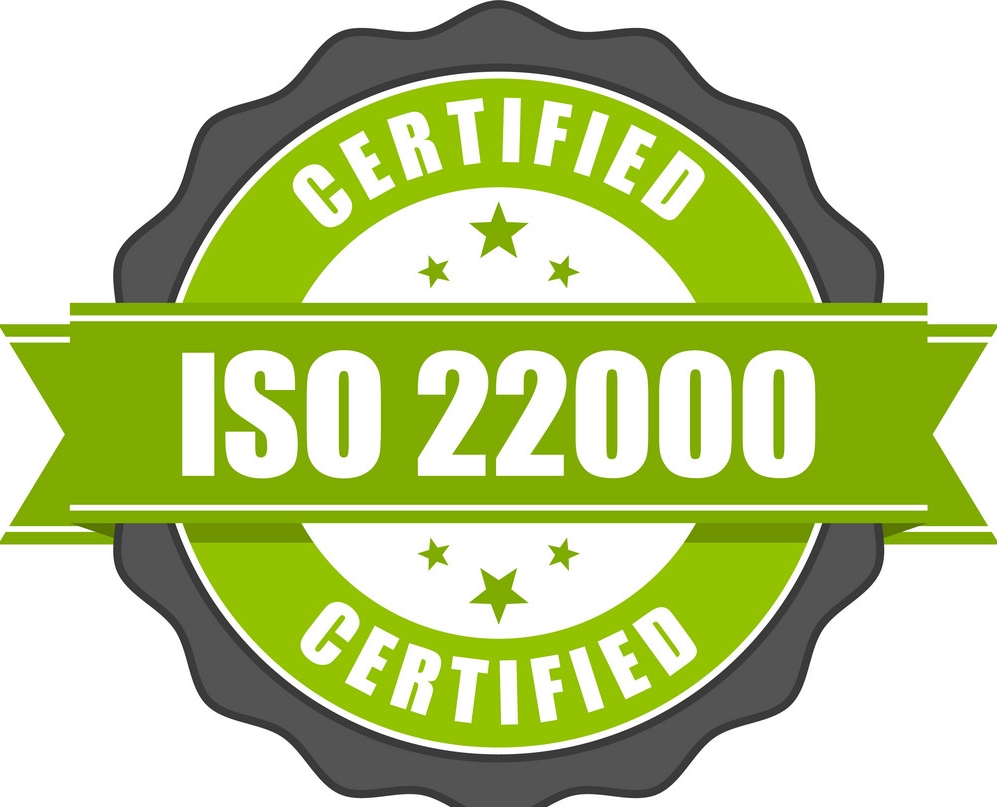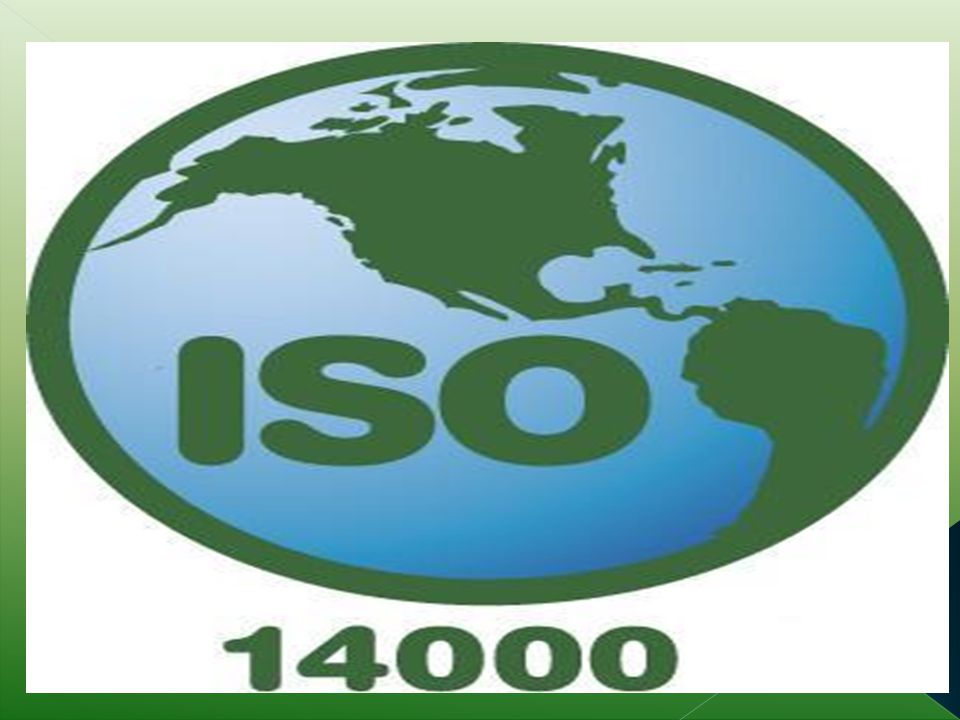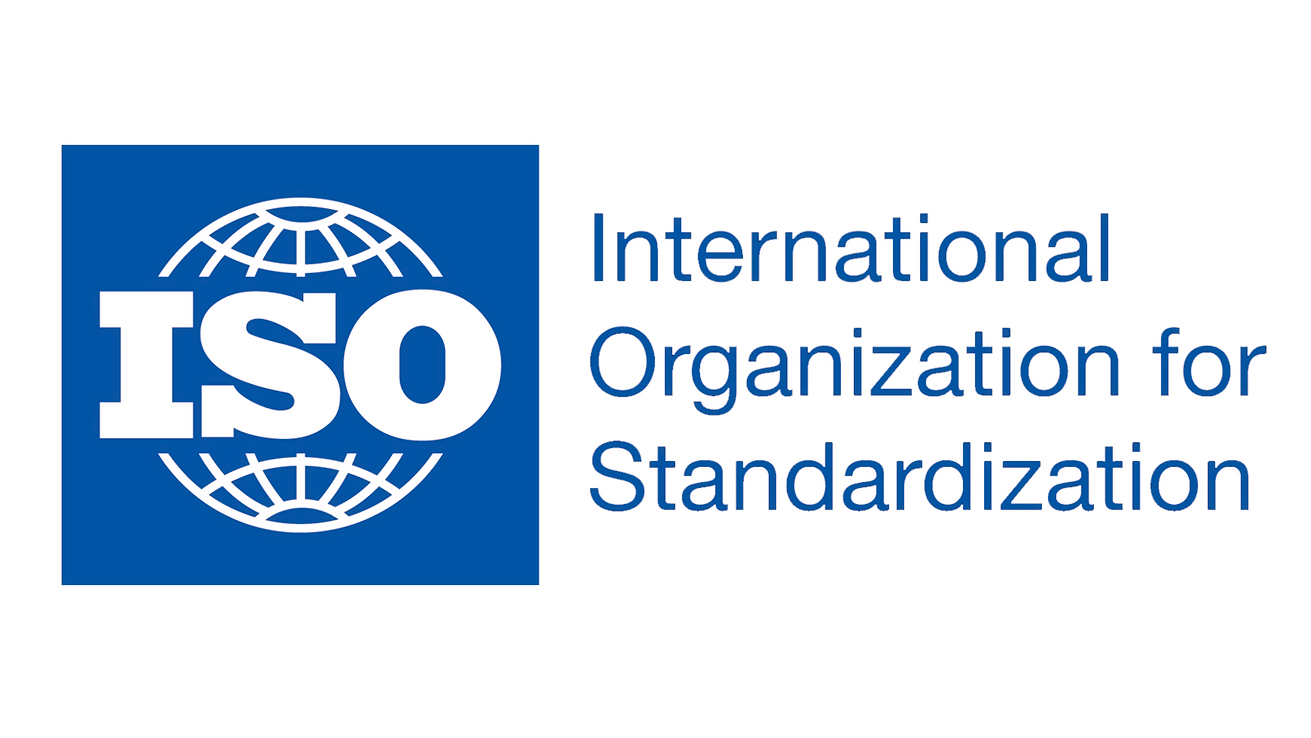Who Requires ISO Certification?
How can you tell if a company sells high-quality goods? Advertisements may claim that a certain product is the best available. However, as the advertisements are paid for by the companies that produce the goods, they will inevitably claim that theirs is the finest. A recognized, impartial third party must determine the worth of a product’s quality. And the International Organization for Standardization, or ISO, set out to develop quality standards.
So acquiring an ISO certification is evidence that the company operates in accordance with the highest standards possible and that its products are reliable. The brand of the company gains a great deal of value as a result. In this post, we’ll discuss what an ISO certification is and the pertinent criteria for obtaining one and who needs ISO certification.
Why do you need ISO certification?
The organization creates and disseminates worldwide standards in all technical and nontechnical domains except from electrical and electronic engineering, which is the domain of the International Electro Technical Commission. The ISO has created more than 24,261 standards as of April 2022, encompassing everything from manufactured goods and technology to food safety, agriculture, and healthcare.
Any organisation that desires success must hold an ISO certification. For any type of organisation, it is a sign of excellence and dependability.
There are several types of ISO 9001 certification, depending on the type of business a company is in. A company’s ISO certification is always a benefit, regardless of how big or little it is.
The purpose of ISO certification is to verify that a management system is in compliance with a reference standard. Understanding the actual causes and motivations for ISO certifications is crucial, though.
At the end of the 1980s, the certification system for standards management began, with the most well-known of all standards, ISO 9001. Since then, a lot has changed and many other certifications have been developed, but the goal has remained the same: attesting adherence to the reference.
Large organisations sought certification at the end of the 1980s, and this practice is still practiced today by large, medium-sized, and small businesses, whether they are engaged in manufacturing or providing services.
What is certification?
This is how we would define ISO certification: “Attestation of credibility under a given theme, by desired need, to demonstrate to one or more concerned people.”
We firmly believe that an ISO certification is a sign of trust, regardless of whether the certification is for compliance, quality, or the environment.
Therefore, whether or not you have an ISO certification, the certificate is a testimony of the validity of a conformity assessment of that theme. A comprehensive compliance framework is in place for that process, maintaining this reputation.
Why Is ISO Certification Required?
We have created an evaluation process based on the definition provided above so that you may determine the true necessity for certification. However, the certified one will only be supported with this applied technique, the ISO certification triangle. It is obvious that we are the primary interested party as more and more businesses seek certification.
The organisation must seek a credibility certificate in order for this certification to be maintained first. A particular need, such as a client request, process improvement, marketing, export, recognition, etc., must also be emphasized.
An interested party that requires the need is also required to complete the certification triangle, as noted in some of the reasons for the need, whether it be top management, customers, society, employees, or in some circumstances even regulators.
Read Also This: – Procedure for Trademark Assignment
ISO certification will demonstrate the organization’s process improvement as a business management tool, and this will last for just that, regardless of the interested party, the need or desire to attest to the authenticity of a theme.
What makes ISO certification necessary?
In addition to helping an organisation become more uniform, ISO is crucial to the smooth operation and increased productivity of that organization.
- One of the main reasons every organisation should pursue ISO certification is that it covers all crucial internal business processes. The business adheres to a standard quality process while taking the ISO criteria into consideration, which helps to improve the company’s goods and services.
- Providing customer satisfaction is the ultimate goal of any business. Every firm uses a different strategy to do this, and one of the greatest methods to demonstrate the same is to pursue ISO certification. Having this certification will eventually help in establishing credibility and a professional approach because many clients or consumers only want to do business with ISO certified organisations.
- Making the proper decisions is one of the most important things that any organisation must do. Instead of acting on instinct, businesses must analyse the data and procedures used to reach a decision. Herein lies the function of ISO. It provides a well-organized framework for quality management, ensuring sound judgement.
- Meeting the government’s requirements is important because winning the contract is a huge deal for any business. Any organization wishing to apply for the same must be well-equipped in order to meet the organization’s requirements. The ISO certification is frequently cited as a qualification requirement in government tenders. Having this qualification so qualifies your business to submit a bid for government contracts.
- Establishing credibility is essential for any firm looking to acquire a competitive edge. An organisation can accomplish this in a number of ways, one of which is by pursuing ISO certification. A well-known and reputable indicator of an organization’s reputation is ISO. The customer will notice and trust you more immediately if you have this accreditation. Consequently, it gives your marketing and advertising initiatives more credibility.
- Rework, repairs, manufacturing recalls, out-of-date inventory, and other quality-related costs are some areas where any firm would like to make financial savings. Additionally, the time and energy wasted add to this expense. However, ISO certification allows you to cut costs on all of this. With the ISO-specified standard quality management procedure, there will be a lower likelihood of repair and other losses, which will help you save money that can be utilized more efficiently for other duties. It is simpler for you to become a more efficient organization if your business operations are error-free.
- One of the essential requirements that any business must meet in order to receive ISO certification is employee training. Additionally, it offers them the correct policy, methods, and measurements so they can carry out their duties. As a result, the staff members become more knowledgeable and are able to complete their responsibilities flawlessly and more quickly.
- Organizations can now more easily take control of their business processes thanks to ISO certification. Going for this certification increases the uniformity of the business process because ISO specifies the precise procedure that every corporation must adhere to.
- Any organisation pursuing ISO certification is required to have a thorough process that uses business metrics that has been documented. The goal is to establish a thorough operating manual for the organisation. Additionally, this could be used as a protocol in the future as a guide. Additionally, it assures clients of the organization’s reliability.
- ISO is a quality standard that is widely accepted, and any organisation that obtains this certification complies with global quality requirements. The production and quality management procedures are the same everywhere. You can therefore easily approach clients around the world. The credential also emphasizes minimizing waste and making the best use of resources.
Compliance system
Without getting into too much detail because that would require a separate, more in-depth post, let’s just say that the compliance system that lends credibility to a certificate is governed by rules established by international forums, rules established by accrediting bodies, and all impartiality management practices of a certification body.
Read Also This:- Is GST No required for small business
We do not think that a certification body’s accreditation automatically confers trust because, in recent years, accreditation for certification bodies has been suspended in various nations due to anomalies. Therefore, a detailed analysis of the organization’s background, recognition on a national and worldwide level, and accreditations is required.
Conclusion
Given the list of advantages just discussed, it should be clear to any business how crucial ISO can be for them. ISO certification is a requirement if you want to stand out from the competition and build the reputation of your business.
Additionally, ISO certification has benefits beyond brand value and consumer confidence. The degree of a company’s efficiency and the caliber of its goods or services are unintentionally raised when it modifies its operations to comply with ISO standards. Therefore, obtaining an ISO certification benefits both the company and the customer.
Contact us right away if you have any additional questions about ISO certification or if you want to apply for an ISO certification and need assistance with that. Our team of registration professionals will make sure that your needs are addressed.
We hope you enjoyed reading our blog and if there are any more doubts in your mind you can connect with LeagalRaasta legal advisory & get your ISO certification done in hassle-free within given time period.






